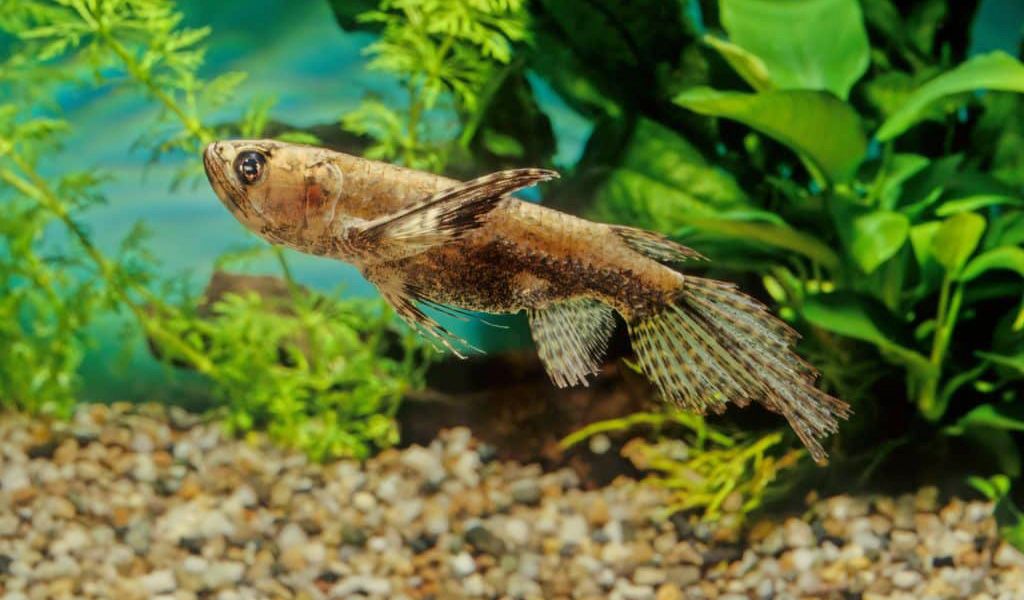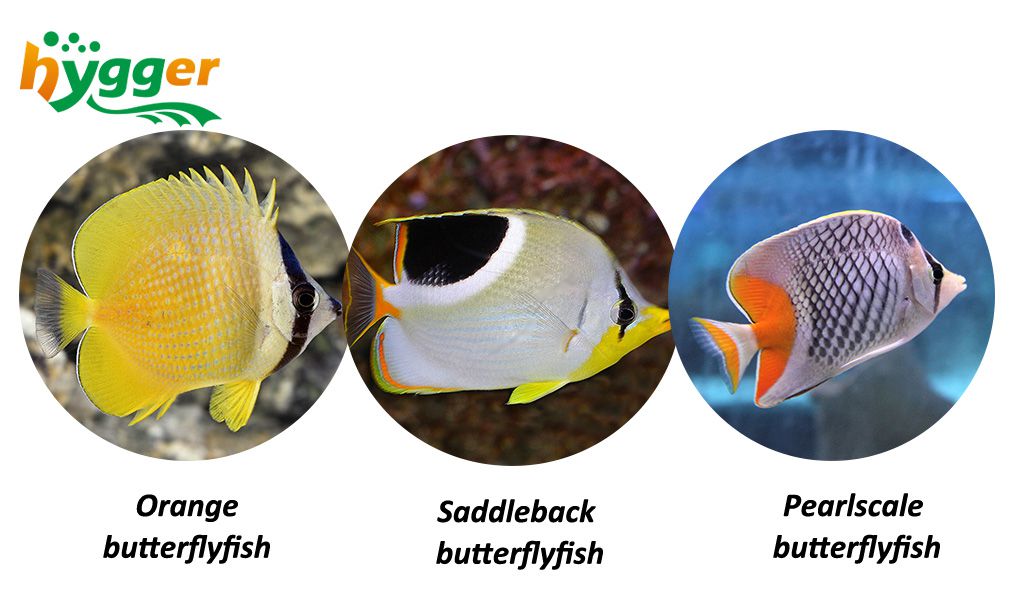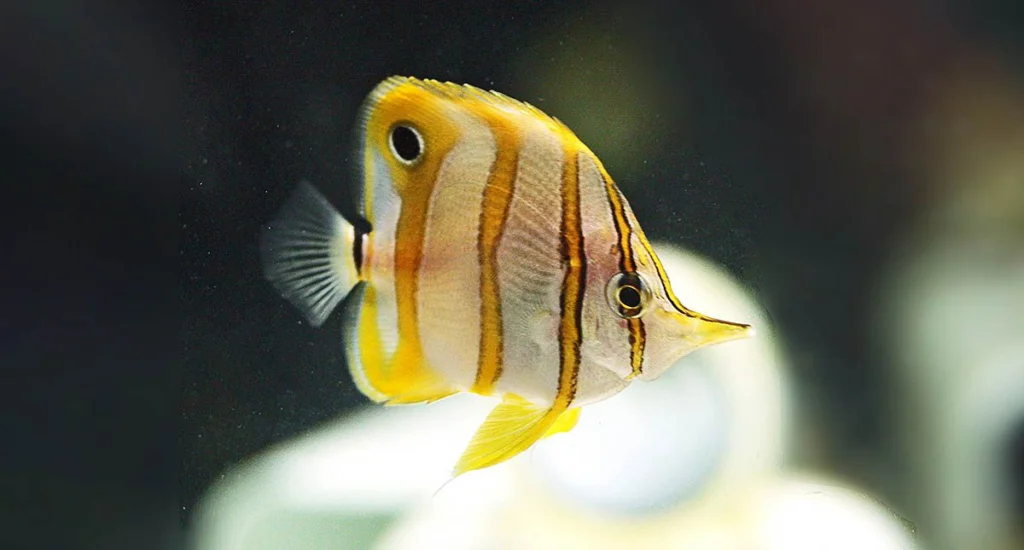Hey, dear friends. In today’s article, we would like to share a fish consisting of freshwater and saltwater species. That is butterfly fish. After reading, we hope you will know more about it and take good care of it. Rant over, let’s dive in.
Butterfly fish profiles
What are butterfly fish? They are tropical fish from the Pantodontidae or Chaetodontidae family. You can find them on the reefs of the Indian, Atlantic, and Pacific Oceans. Actually, there is one butterfly that survives in freshwater. That is African Butterfly Fish. Besides that, butterfly fish are brilliant and different species may come in various colors with a deep and narrow bodies. Also, they are diurnal fish. While they prefer hiding in reef crevices at night. Just continue reading, the table below will give you more info about them.
| Family | Pantodontidae /Chaetodontidae |
| Distribution | The Indian, Atlantic, and Pacific Oceans |
| Care Level | Depends on diverse butterflyfish species |
| Diet | Omnivores /Insectivore /Carnivores |
| Average Size | 4.7-8.7 inches (12-22 cm) |
| Temperament | Peaceful most of the time |
| Minimum Tank Size | 30–150 gallons |
Butterfly fish freshwater
When it comes to freshwater butterfly fish, there is an interesting fact – there is only one freshwater butterfly species – African Butterfly Fish (Pantodon buchholzi). They are small but have large pectoral fins. Also, the swim bladder allows African Butterfly Fish to breathe at the water’s surface. Besides that, they are fond of stagnant, soft, and acidic water, hence, the less powerful the filters should be. Accordingly, peat filtration is an excellent alternative. Next, we will cover more additional information about African Butterfly Fish.

| Family | Pantodontidae |
| Distribution | West Africa |
| Care Level | Moderately difficult |
| Diet | Insectivore & Carnivores (e.g. aquatic insects, small fish, bloodworms, mosquito larvae, brine shrimp, etc.) |
| Average Size | Less than 5.1 inches (13 cm) |
| Lifespan | 5–6 years |
| Temperament | Semi-aggressive |
| Minimum Tank Size | 30 gallons |
| Breeding type | Egg-scatterers |
| Compatible Tank Mates | Bristlenose Pleco, Nerite snails |
| Water Requirements | ① Water temperature: 73-86℉ (23-30℃) ② pH level: 6.9-7.1 ③ Water hardness: 1-12 dKH |
| Tank Set Up | ① Light requirement: low ② adequate hiding places: add aquatic plants ③ add aquarium lids to avoid fish jumping out of aquariums |
Saltwater butterfly fish
There are diverse types of saltwater butterfly fish. In this segment, we will list some:
- Copperband butterfly
- Saddleback butterflyfish
- Lined butterflyfish
- Schooling butterflyfish
- Threadfin butterflyfish
- Pearlscale butterflyfish
- Orange butterflyfish
- Punctato butterflyfish
- Latticed butterflyfish
- Eclipse butterflyfish
- Burgess butterflyfish
- Altiveils butterflyfish
- Vagabond butterflyfish
- Blackback butterflyfish
- Black and white heniochus
- Indian butterflyfish
- Long-nosed butterflyfish
- Pebbled butterflyfish
After knowing some saltwater butterfly fish, here are a further introduction to the three saltwater butterfly mentioned above. You can choose your favorite one for saltwater tanks.

1. Orange butterflyfish
Orange butterflyfish are also famous as Sunburst, Blacklip, Corallicola, and Klein’s butterflyfish. Their body color is usually golden-yellow, with a black and blue or blue eye band.
| Family | Chaetodontidae |
| Origin | East Africa /Hawaii /Samoa /Japan /Lord Howe Islands |
| Care Level | Easy |
| Diet | Omnivore |
| Average Size | 6 inches |
| Lifespan | 10 years |
| Temperament | Peaceful most of the time |
| Minimum Tank Size | 120 gallons |
| Breeding type | Egg-scatterers |
| Reef compatible | No |
| Tank Requirements | ① Water temp: 72-78℉ ② pH level: 8.1-8.4 ③ Water hardness: 8-12 dKH ④ Specific gravity: 1.020-1.025 |
2. Saddleback butterflyfish
Saddleback butterflyfish are also called Saddle butterflyfish, or Saddled butterflyfish. They have a yellow snout and black tail. Also, there is a black spot on the white and tan body, plus a black line over the eyes.
| Family | Chaetodontidae |
| Origin | Indian and Pacific Oceans |
| Care Level | Moderate |
| Diet | Omnivore |
| Average Size | 12 inches (30 cm) |
| Lifespan | 7 years |
| Temperament | Peaceful |
| Minimum Tank Size | 125 gallons |
| Breeding type | Egg-scatterers |
| Reef compatible | No |
| Tank Requirements | ① Water temp: 72-78℉ ② pH level: 8.1-8.4 ③ Water hardness: 8-12 dKH ④ Specific gravity: 1.020-1.025 |
3. Pearlscale butterflyfish
Featuring attractive patterns and brilliant colors, Pearlscale butterflyfish have pearly white body colors. Furthermore, they are hardy. Hence, they can be a great addition to your saltwater tanks. You can decorate a Pearlscale butterflyfish aquarium with rocks and corals, providing plenty of hiding places and swimming rooms.
| Family | Chaetodontidae |
| Origin | The Central Indo-Pacific region |
| Care Level | Moderate |
| Diet | Omnivore |
| Average Size | 6 inches (30 cm) |
| Lifespan | 5–7 years |
| Temperament | Peaceful |
| Minimum Tank Size | 70 gallons |
| Breeding type | Egg-scatterers |
| Reef compatible | No |
| Tank Requirements | ① Water temp: 72-78℉ ② pH level: 8.1-8.4 ③ Water hardness: 8-12 dKH ④ Specific gravity: 1.020-1.025 |
Copperband butterflyfish
Copperband butterflyfish feature long snouts and vertical yellow banding on the body. Then are Copperband butterfly reef safe? Actually, Copperband butterflyfish can be reef safe, but you should keep them with caution. Commonly, the butterflyfish would not attack corals in the tank. Nevertheless, they may eat large fleshy coral polyps. Thus, you should be cautious. Definitely, Copperband butterflyfish are carnivorous. So they can be held in reef tanks as long as you make sure compatible with tank mates and maintain regular maintenance.

A call to action
There are many ways to take good care of butterfly fish, the easiest daily maintenance is using the aquarium water test strips and aquarium hydrometer to help you monitor the water conditions. Consequently, you can make adjustments in time. The water test trips can be helpful to monitor the water chemistry of hardness, which monitor the water quality parameters changes in water PH, total alkalinity, carbonate root, nitrate, nitrite, and free chlorine level so you can get a better idea to build your tank ecosystem. On the other side, the aquarium hydrometer is a piece of equipment to test accurate and reliable aquarium salinity, which delivers precise full-range salinity and specific gravity readings.
That is all for today. For additional interesting facts about butterfly fish, welcome to share them with us in the comment. We are happy to receive your sharing. Finally, thanks for taking the time. And we hope this article helps.
